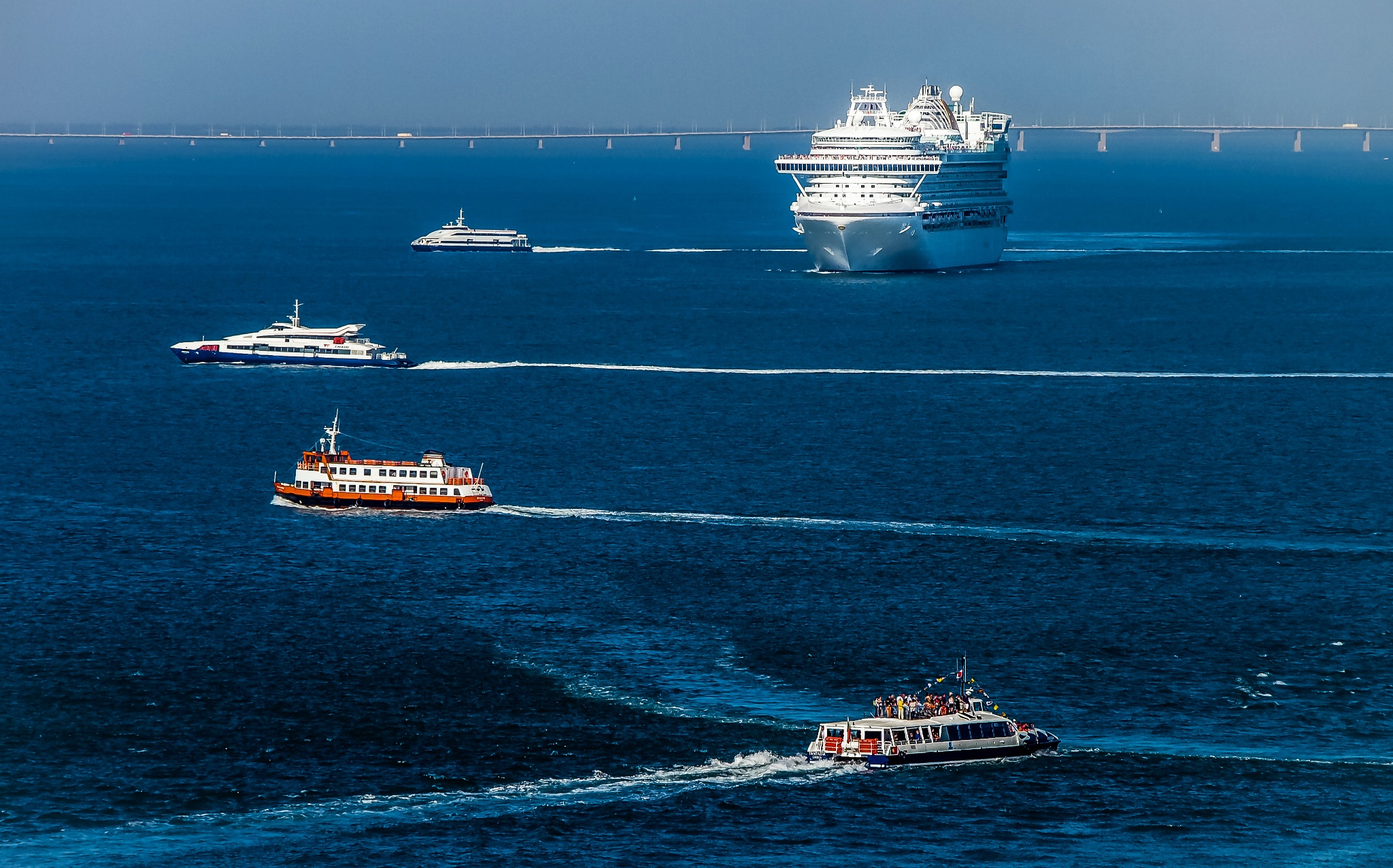Sea traffic linked to hazardous levels of nanoparticles

The air along coastlines is being heavily polluted by hazardous levels of nanoparticles from sea traffic, a new study has found. Almost half of the measured particles stem from sea traffic emissions, while the rest is deemed to be mainly from cars but also biomass combustion, industries and natural particles from the sea.
“This is the first time an attempt has been made to estimate the proportion of nanoparticles stemming from sea traffic. The different types of nanoparticles have previously not been distinguished, but this new method makes it possible”, says Adam Kristensson, researcher in Aerosol Technology at the Lund University Faculty of Engineering in Sweden.
“Previously, we thought that land-based pollution from northern European countries and emissions of natural particles from the surface of the sea accounted for a much larger proportion”, he says. Nanoparticles can be hazardous to our health as they, because of their small size, can penetrate deeper into the lungs than larger particles contributing to both cardiovascular and pulmonary diseases. A cubic centimetre can contain several thousand nanoparticles.
To arrive at these results, he and his colleagues have studied the air flow from their measuring station in southern Sweden as it passes over the Baltic Sea, all the way to the measuring station on the Lithuanian coast. The wind often travels towards the east, and the particles can travel long distances before they are trapped in our lungs or washed away by the rain. They have also studied the air flow from a station in the Finnish archipelago towards the Lithuanian station.
Source
http://www.enn.com/ecosystems/article/49172

